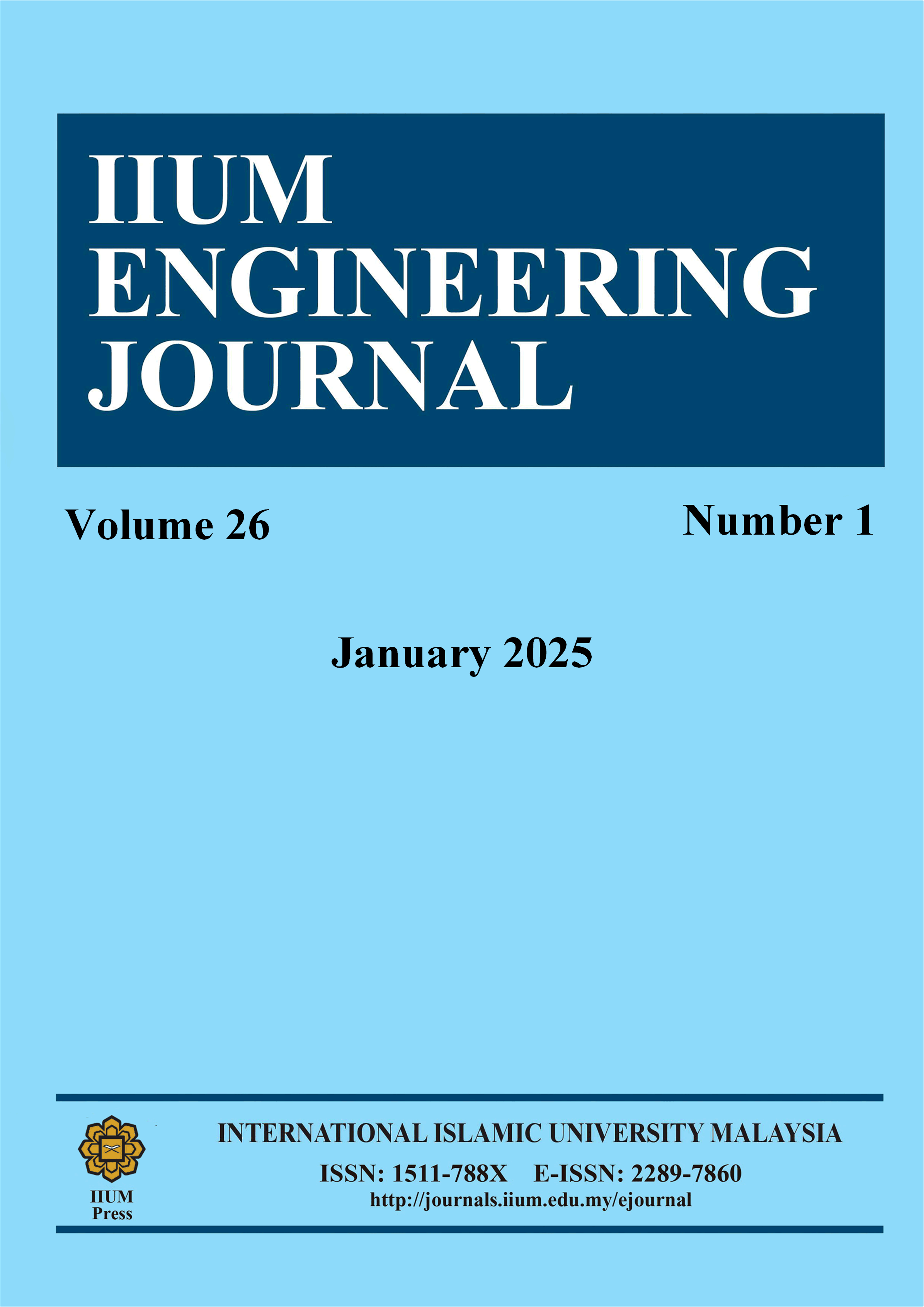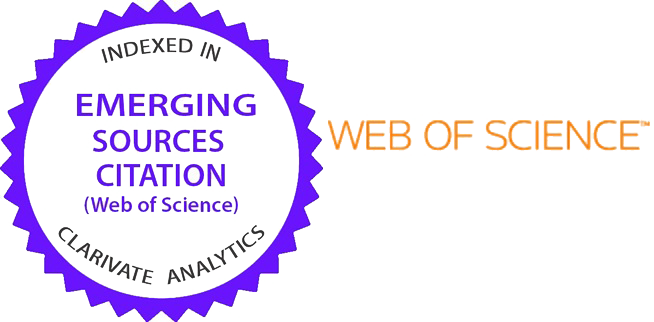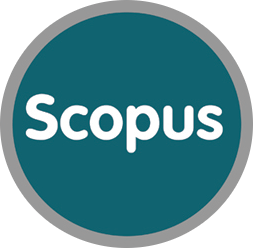Map Floodwater Radar Imagery using Machine Learning Algorithms
DOI:
https://doi.org/10.31436/iiumej.v26i1.3157Keywords:
Flood mapping, Fine-tunning, Radar imagery, U-NetAbstract
Flooding is a widespread and costly natural disaster around the world. Accurately assessing the extent of flooding in near real-time is crucial for governments and humanitarian organizations. This information strengthens early warning systems, evaluates risks, and guides effective relief efforts. Therefore, precise flood mapping is essential for saving lives through improved early warning systems and targeted emergency responses. In this study, radar imagery available on the Planetary Computer Data was utilized to train a U-Net model specifically designed to label flood-affected pixels in an image from a flood event. Different blocks of the U-Net encoder architecture were fine-tuned to identify the most efficient fine-tuned model, and their results were compared. As a result, the model with blocks 1 and 2 being fine-tuned demonstrated the highest Intersection over Union (IoU) score of 78.904%, an increase of 8.663% over the baseline methods.
ABSTRAK: Banjir merupakan bencana alam yang meluas dan mahal di seluruh dunia. Penilaian yang tepat terhadap skala banjir secara hampir masa nyata adalah penting bagi kerajaan dan organisasi kemanusiaan. Maklumat ini memperkukuhkan sistem amaran awal, menilai risiko, dan membimbing usaha bantuan yang lebih berkesan. Oleh itu, pemetaan banjir yang tepat adalah penting untuk menyelamatkan nyawa melalui sistem amaran awal yang lebih baik dan respons kecemasan yang disasarkan. Dalam kajian ini, imej radar yang tersedia pada Planetary Computer Data digunakan untuk melatih model U-Net yang direka khas untuk melabelkan piksel yang terjejas oleh banjir dalam imej daripada kejadian banjir. Bagi mengenal pasti model ditala-halus yang paling cekap, blok-blok berlainan dalam arkitektur pengekod U-Net telah ditala-halus, dan hasilnya dibandingkan. Hasilnya, model dengan blok 1 dan 2 yang ditala-halus menunjukkan skor Intersection over Union (IoU) tertinggi sebanyak 78.904%, iaitu peningkatan sebanyak 8.663% berbanding kaedah asas.
Downloads
Metrics
References
L. P. Hoang et al., “Managing flood risks in the Mekong Delta: How to address emerging challenges under climate change and socioeconomic developments,” Ambio, vol. 47, pp. 635–649, 2018, [Online]. Available: https://api.semanticscholar.org/CorpusID:3508948. DOI: https://doi.org/10.1007/s13280-017-1009-4
M. Marchand, D. Pham, and T. Le, “Mekong Delta: Living with Water, But for How Long?,” Built Environ., vol. 40, 2014, doi: 10.2148/benv.40.2.230. DOI: https://doi.org/10.2148/benv.40.2.230
M. Tanguy, K. Chokmani, M. Bernier, J. Poulin, and S. Raymond, “River flood mapping in urban areas combining Radarsat-2 data and flood return period data,” Remote Sens. Environ., vol. 198, pp. 442–459, 2017, doi: 10.1016/j.rse.2017.06.042. DOI: https://doi.org/10.1016/j.rse.2017.06.042
M. J. Hammond, A. S. Chen, S. Djordjevi?, D. Butler, and O. Mark, “Urban flood impact assessment: A state-of-the-art review,” Urban Water J., vol. 12, no. 1, pp. 14–29, 2015, doi: 10.1080/1573062X.2013.857421. DOI: https://doi.org/10.1080/1573062X.2013.857421
F. Dottori, G. Di Baldassarre, and E. Todini, “Detailed data is welcome, but with a pinch of salt?: Accuracy, precision, and uncertainty in flood inundation modeling,” Water Resour. Res., vol. 49, no. 9, pp. 6079–6085, 2013, doi: 10.1002/wrcr.20406. DOI: https://doi.org/10.1002/wrcr.20406
L. C. Smith, “Satellite remote sensing of river inundation area, stage, and discharge: a review,” Hydrol. Process., vol. 11, pp. 1427–1439, 1997, [Online]. Available: https://api.semanticscholar.org/CorpusID:46008875. DOI: https://doi.org/10.1002/(SICI)1099-1085(199708)11:10<1427::AID-HYP473>3.0.CO;2-S
L. Pulvirenti, M. Chini, N. Pierdicca, L. Guerriero, and P. Ferrazzoli, “Flood monitoring using multi-temporal COSMO-SkyMed data: Image segmentation and signature interpretation,” Remote Sens. Environ., vol. 115, pp. 990–1002, 2011, doi: 10.1016/j.rse.2010.12.002. DOI: https://doi.org/10.1016/j.rse.2010.12.002
L. Giustarini, R. Hostache, P. Matgen, G. J.-P. Schumann, P. D. Bates, and D. C. Mason, “A Change Detection Approach to Flood Mapping in Urban Areas Using TerraSAR-X,” IEEE Trans. Geosci. Remote Sens., vol. 51, no. 4, pp. 2417–2430, 2013, doi: 10.1109/TGRS.2012.2210901. DOI: https://doi.org/10.1109/TGRS.2012.2210901
Y. Jia et al., “Caffe: Convolutional Architecture for Fast Feature Embedding,” Proc. 22nd ACM Int. Conf. Multimed., 2014, [Online]. Available: https://api.semanticscholar.org/CorpusID:1799558. DOI: https://doi.org/10.1145/2647868.2654889
A. Gebrehiwot, L. H. Beni, G. Thompson, P. Kordjamshidi, and T. E. Langan, “Deep Convolutional Neural Network for Flood Extent Mapping Using Unmanned Aerial Vehicles Data,” Sensors (Basel)., vol. 19, 2019, [Online]. Available: https://api.semanticscholar.org/CorpusID:91187268. DOI: https://doi.org/10.3390/s19071486
E. Nemni, J. Aylett-Bullock, S. Belabbes, and L. Bromley, “Fully Convolutional Neural Network for Rapid Flood Segmentation in Synthetic Aperture Radar Imagery,” Remote. Sens., vol. 12, p. 2532, 2020, [Online]. Available: https://api.semanticscholar.org/CorpusID:221980528. DOI: https://doi.org/10.3390/rs12162532
J. Yosinski, J. Clune, Y. Bengio, and H. Lipson, “How transferable are features in deep neural networks?” 2014.
M. Divya, V. Chandran, D. J. Anitha, M. Anusree, and M. G. Nair, “Deep Learning-Based Flood Detection System Using Semantic Segmentation,” 2024 7th Int. Conf. Circuit Power Comput. Technol., vol. 1, pp. 1584–1592, 2024, [Online]. Available: https://api.semanticscholar.org/CorpusID:272711335. DOI: https://doi.org/10.1109/ICCPCT61902.2024.10673148
D. Amitrano, G. Di Martino, A. Di Simone, and P. Imperatore, “Flood Detection with SAR: A Review of Techniques and Datasets,” Remote Sens., vol. 16, no. 4, pp. 1–38, 2024, doi: 10.3390/rs16040656. DOI: https://doi.org/10.3390/rs16040656
O. Ronneberger, P. Fischer, and T. Brox, “U-Net: Convolutional Networks for Biomedical Image Segmentation,” ArXiv, vol. abs/1505.0, 2015, [Online]. Available: https://api.semanticscholar.org/CorpusID:3719281.
K. Sarra and A. Boulmerka, “Semantic segmentation of remote sensing images using U-net and its variants?: Conference New Technologies of Information and Communication (NTIC 2022),” 2022 2nd Int. Conf. New Technol. Inf. Commun., 2022, doi: 10.1109/ntic55069.2022.10100581. DOI: https://doi.org/10.1109/NTIC55069.2022.10100581
R. K. Vincent, “RADAR | Synthetic Aperture Radar (Land Surface Applications),” null, 2015, doi: 10.1016/b978-0-12-382225-3.00331-5. DOI: https://doi.org/10.1016/B978-0-12-382225-3.00331-5
M. Abbasi, R. Shah-Hosseini, and M. Aghdami-Nia, “Sentinel-1 Polarization Comparison for Flood Segmentation Using Deep Learning,” Proceedings, vol. 87, no. 1, 2023, doi: 10.3390/IECG2022-14069. DOI: https://doi.org/10.3390/IECG2022-14069
P. Herath, “Azure Cloud Security for Absolute Beginners: Enabling Cloud Infrastructure Security with Multi-Level Security Options,” Azur. Cloud Secur. Absol. Beginners, 2022, [Online]. Available: https://api.semanticscholar.org/CorpusID:244780408. DOI: https://doi.org/10.1007/978-1-4842-7860-4
C. Shorten and T. M. Khoshgoftaar, “A survey on Image Data Augmentation for Deep Learning,” J. Big Data, vol. 6, no. 1, 2019, doi: 10.1186/s40537-019-0197-0. DOI: https://doi.org/10.1186/s40537-019-0197-0
A. Miko?ajczyk and M. Grochowski, “Data augmentation for improving deep learning in image classification problem,” 2018 Int. Interdiscip. PhD Work., pp. 117–122, 2018, [Online]. Available: https://api.semanticscholar.org/CorpusID:49348179. DOI: https://doi.org/10.1109/IIPHDW.2018.8388338
S. Yang, W.-T. Xiao, M. Zhang, S. Guo, J. Zhao, and S. Furao, “Image Data Augmentation for Deep Learning: A Survey,” ArXiv, vol. abs/2204.0, 2022, [Online]. Available: https://api.semanticscholar.org/CorpusID:248240105.
M. D. Bloice, C. Stocker, and A. Holzinger, “Augmentor: An Image Augmentation Library for Machine Learning,” CoRR, vol. abs/1708.0, 2017, [Online]. Available: http://arxiv.org/abs/1708.04680.
L. Xu, J. Xu, Q. Zheng, J. Yuan, and J. Liu, “A miniature U-net for k -space-based parallel magnetic resonance imaging reconstruction with a mixed loss function,” Quant. Imaging Med. Surg., vol. 12, no. 9, 2022, [Online]. Available: https://qims.amegroups.org/article/view/96423. DOI: https://doi.org/10.21037/qims-21-1212
W. Shang, K. Sohn, D. Almeida, and H. Lee, “Understanding and Improving Convolutional Neural Networks via Concatenated Rectified Linear Units,” in Proceedings of The 33rd International Conference on Machine Learning, 2016, vol. 48, pp. 2217–2225, [Online]. Available: https://proceedings.mlr.press/v48/shang16.html.
S. Widodo, H. Brawijaya, and S. Samudi, “Stratified K-fold cross validation optimization on machine learning for prediction,” Sink. J. dan Penelit. Tek. Inform., 2022, doi: 10.33395/sinkron.v7i4.11792. DOI: https://doi.org/10.33395/sinkron.v7i4.11792
D. Ogwok and E. M. Ehlers, “Jaccard Index in Ensemble Image Segmentation: An Approach,” in Proceedings of the 2022 5th International Conference on Computational Intelligence and Intelligent Systems, 2023, pp. 9–14, doi: 10.1145/3581792.3581794. DOI: https://doi.org/10.1145/3581792.3581794
“Planetary computer and Deltares global data,” 2021.
Downloads
Published
How to Cite
Issue
Section
License
Copyright (c) 2024 IIUM Press

This work is licensed under a Creative Commons Attribution-NonCommercial 4.0 International License.






















